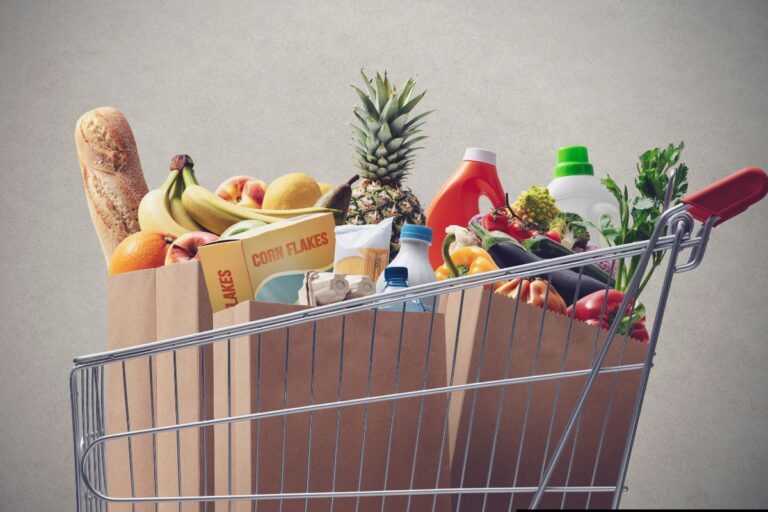South Africa’s annual consumer price inflation (CPI) rose to 3.0% in December 2024, up from 2.9% in November, according to the lastest report from Statistics South Africa (Stats SA).
This means that, on average, the prices of goods and services were 3% higher in December 2024 than they were a year ago. The CPI also showed a small month-on-month increase of 0.1%.
WHAT’S DRIVING THE INFLATION RATE?
Stats SA highlighted several contributors to the 3% inflation rate:
Housing and utilities: Costs like rent, electricity, and water increased by 4.4%, contributing one percentage point to the overall inflation rate.
Miscellaneous goods and services: This category, which includes insurance and personal care products, saw prices rise by 6.6%, also contributing one percentage point.
Food and non-alcoholic beverages: Everyday items such as bread, milk, and soft drinks went up by 2.5%, adding 0.5 percentage points to inflation.
Alcoholic beverages and tobacco: These items went up by 4.3%, contributing 0.3 percentage points.
GOODS AND SERVICES
The inflation rate for goods (tangible items like groceries and clothing) rose to 1.9% in December from 1.6% in November. Meanwhile, the rate for services (such as education and medical care) slightly dropped to 4.2% from 4.3%.
HOW DOES THIS AFFECT YOU?
For the average South African, the slight increase in inflation means everyday costs are creeping up. For instance, if you spent R1,000 on groceries in December 2023, you would now need to spend R1,030 to buy the same items.
The rise in housing and utility costs means you might see higher electricity bills or rental payments, putting pressure on household budgets. Similarly, the increase in food prices will affect your grocery shopping, making it slightly harder to stretch your rand.
On the bright side, the inflation rate remains relatively low compared to previous years, which helps maintain some stability in the cost of living.
STATS SA CONFIRMS IT WILL UPDATE THE CPI BASKET
Stats SA plans to update the CPI basket—the list of items used to measure inflation—in January 2025. This update reflects changes in consumer spending habits, ensuring that the inflation rate remains accurate and relevant.
For South Africans, this means inflation measurements will better reflect what people are actually spending their money on. For example, items like computers and televisions will now fall under the “Information and Communication” category instead of “Recreation.”
These updates aim to make inflation data more precise and comparable with international standards.
LIKELY TO HAVE LITTLE EFFECT ON REPO RATE
In 2024, South Africa’s average annual inflation rate was 4.4%, significantly lower than the 6.0% recorded in 2023. While prices continue to rise, the slower pace of inflation compared to previous years is a positive sign for the economy. For instance, the current inflation rate is unlikely to have a significant impact on the repo rate in the short term. This means bonds and loan repayments will likely stay the same when the Monetary Policy Committee meets again on 30 January 2025.
For households, however, the rising costs still mean careful budgeting is essential to manage expenses in the months ahead.
WHAT ARE SOME OF THE ITEMS YOU WILL BE LEAVING OFF YOUR SHOPPING LIST NEXT MONTH?
Let us know by clicking on the comment tab below this article or by emailing info@thesouthafrican.com or sending a WhatsApp to 060 011 021 1. You can also follow @TheSAnews on X and The South African on Facebook for the latest news.

